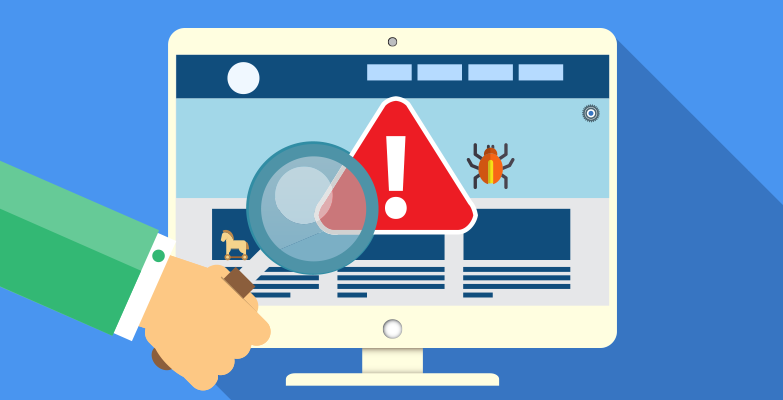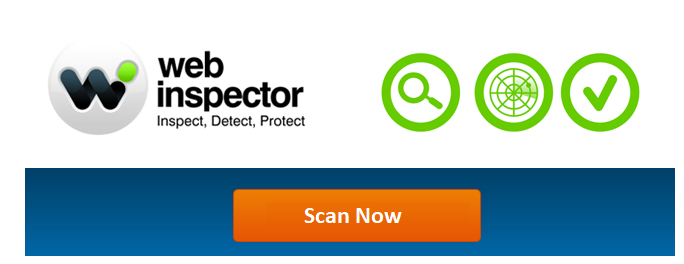It’s no small feat to build a successful website with a lot many unforeseen challenges. Apart from compiling a bug-free website, it is critical to ensure that the website is encrypted and the data transacted through the website are protected from any malware interference.Read this article to check more about Website Security Checker
How does Website Security Checker Works?
Website Security Checker is implemented to uncover any hidden malicious code from a website. Comodo web inspector is a website security checker that can scan the website for any suspicious malware infection, identify vulnerabilities and deliver absolute protection of websites to battle out malware infection.
Comodo Website Security Checker features
Key Functional Areas
- website security check authorizes the admin to take control of blacklist monitoring of websites, malware scanning, configuring, PCI scanning and also helps to view the report results.
- Immediate Threat Notifications – It alerts the admin with instant threat notification as and when a vulnerability is detected through email to ensure instant website security.
- It provides a dedicated dashboard to perform vulnerability scanning and validate if the website is PCI compliant.
- Comodo Webinspector is one such web security checker to focus on malware removal and repairs hacked website to deliver complete website security.
5 Tips to Improve Website Security
Use your browser safety tools
Almost all the browsers, include a security feature to help the user stay safe online. The safety tools are built-in and can
1. Obstruct popups
2. Initiate “do not track” requests to websites
3. Deactivate any suspicious flash content
4. Terminate Malware downloads
5. Take control of the websites that can access microphone, webcam, etc.
Check the URLs
When you are about a click on any link, be wary and do verify if the link is a genuine one. This can be done by checking if the URL is spelled correctly. Most often, the users do not look into the text content of the website, hackers find it a way to exploit the ignorance and often substitute characters that look the same. For instance, instead of mentioning www.Google.com it will be www.Google.com. This is done to trick the user to get directed to a malicious phishing site.
Check for HTTPS
HTTPS (Hypertext Transfer Protocol) is a basic protocol that helps to send and receive data between the server and the browser. HTTPS is just a secure version of it – while ‘S’ stands for secure.
HTTPS is commonly used for online shopping and banking sites that deal with sensitive financial and other customer identity information. HTTPS ensures encryption of the data dealt and transacted through the website. Encrypting communication would help to prevent hackers from looting the sensitive financial and personal information like credit card numbers and login credentials.
So how to check if the site is an HTTPS-based site. Check for HTTPS in the address bar and also check for the padlock, you will be able to see a trusted Digital certificate which ensures that the sight is protected.
Run an online website security check
There are different aspects to determine if the website is secure, one of them is to use Comodo website checker (https://www.webinspector.com/) This can be done by copying and pasting the URL into the web inspector page and Voila!! you get to know if the website is genuine or hacked!!
Install web security software
Use Comodo Antivirus to help the users to stay away from malicious websites. Download a top-rated antivirus system like Comodo Antivirus to avail the best online protection.
Webinspector is one of the best online Website Security Checker tool available for free.
Related Resources :
Website Checker
Website Backup
Website Malware Scanner
Domain Blacklist Check
Website Status








